Given frequency of source f=100Hz,vs=20m/sand v=330m/s.Thebeatequenciesf_(1)andf_(2) are 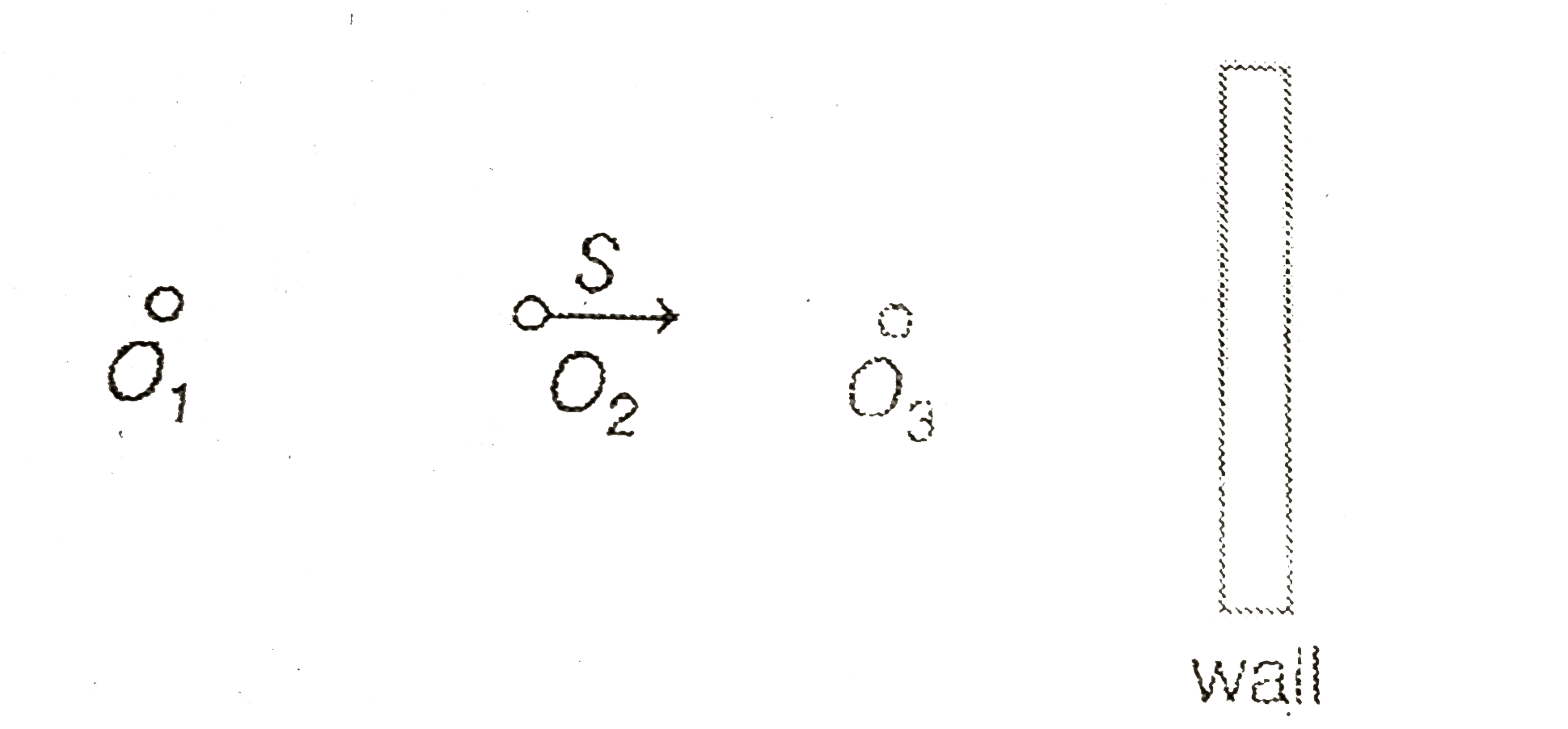
f1=20Hz
f2=10Hz
both(a) and (b) are wrong
both (a) and (b) are correct
The correct Answer is:C
Topper's Solved these Questions
- WAVE MOTIONBOOK - DC PANDEYCHAPTER - WAVE MOTIONEXERCISE - Matrix Matching
16 Videos
- WAVE MOTIONBOOK - DC PANDEYCHAPTER - WAVE MOTIONEXERCISE - Integer Type Question
11 Videos
- WAVE MOTIONBOOK - DC PANDEYCHAPTER - WAVE MOTIONEXERCISE - More Than One Option is Correct
23 Videos
- VECTORSBOOK - DC PANDEYCHAPTER - VECTORSEXERCISE - Medical enrances gallery
9 Videos
- WORK, ENERGY & POWERBOOK - DC PANDEYCHAPTER - WORK, ENERGY & POWEREXERCISE - Level 2 Comprehension Based
2 Videos
Similar Questions
S is source R us reciver. R and S are at rest. F Frequency of sound from S is f. The beat frequency registred by R is kufv+u, Find k. Given, velocity of sound is v.
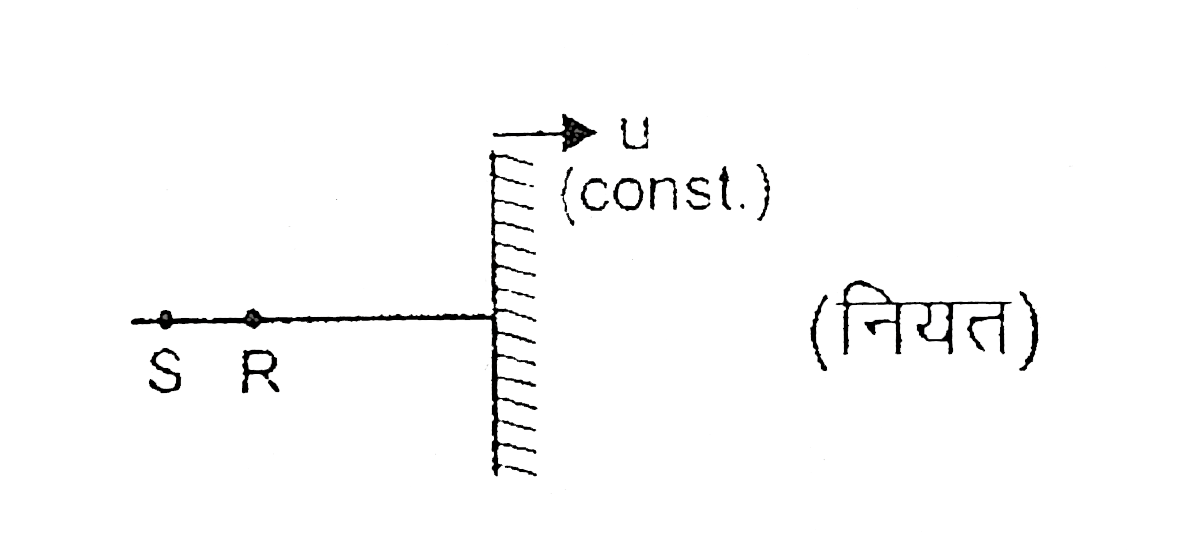
View SolutionS is source R us reciver. R and S are at rest. F Frequency of sound from S is f. The beat frequency registred by R is kufv+u, Find k. Given, velocity of sound is v.

View Solution
Knowledge Check
A car is moving with a constant velocity 10m/s towards the stationary wall. The car blows a horn of frequency 320Hz. The velocity of sound in air is 330m/s. The beats frequency received by the observer is
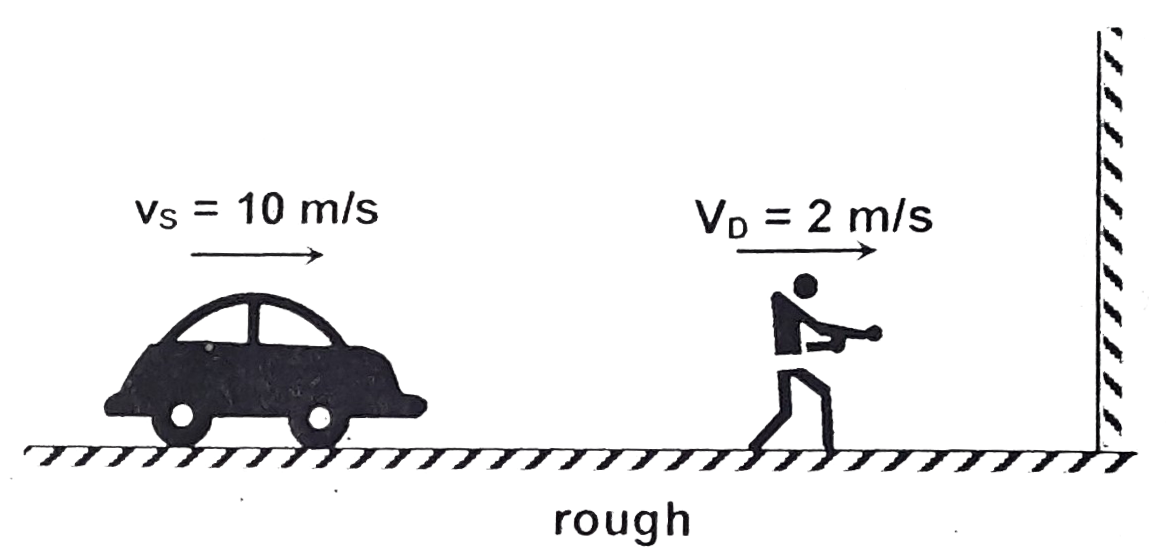 A2HzB4HzC6HzD8Hz
A2HzB4HzC6HzD8HzTwo sound sources are moving in opposite directions with velocities v1andv2(v1>v2) . Both are moving away from a stationary observer. The frequency of both the sources is 900 Hz. What is the value of v1−v2 so that the beat frequency absorbed by the observer is 6 Hz. speed of sound v= 300 m/s given ,that v1andv2<<v
A1m/sB2m/sC3m/sD4 m/s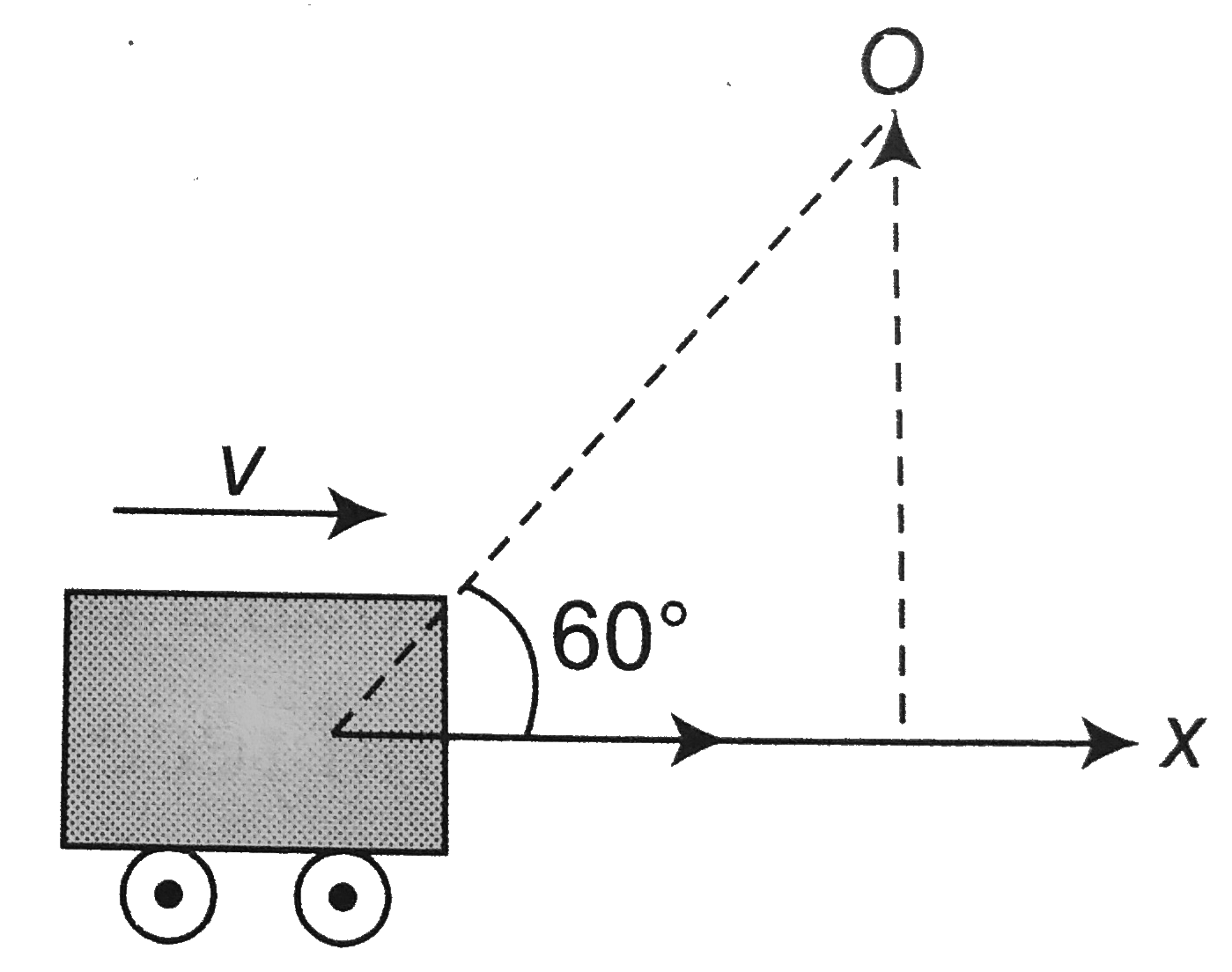
A car is moving along X-axis with a velocity v=20m/s. It sounds a whistle of frequency 660 Hz. If the speed of sound is 340m/s. The apparent frequency heard by the observer O (shown in figure) is:A680HzB640HzC700HzD720Hz
A car is moving with a constant velocity 10m/s towards the stationary wall. The car blows a horn of frequency 320Hz. The velocity of sound in air is 330m/s. The beats frequency received by the observer is

View SolutionTwo sound sources are moving in opposite directions with velocities v1andv2(v1>v2) . Both are moving away from a stationary observer. The frequency of both the sources is 900 Hz. What is the value of v1−v2 so that the beat frequency aboserved by the observer is 6 Hz. speed of sound v= 300 m/s given ,that v1andv2<<v
View SolutionTwo trains A and B are moving with speeds 20m/s respectively in the same direction on the same stright track, with B ahead of A. The engines are at the front ends. The engines of train A blows a long whistle.
Assume that the sound of the whistle is composed of components varying in frequency from f1=800Hz to f2=1120Hz, as shown in figure. The speed in the frequency (highest frequency - lowest frequency) is thus 320Hz. The speed of sound in still air is 340m/s.
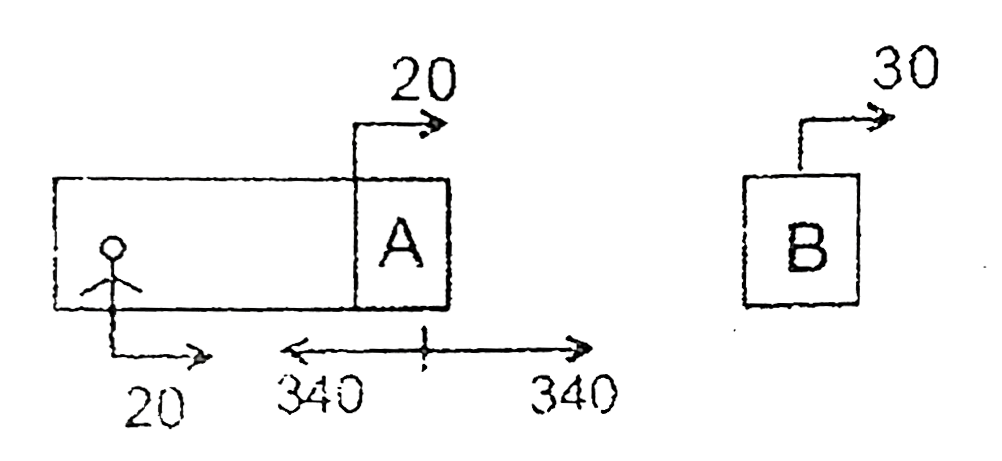
The spread of frequency as observed by the passengers in train B is
View SolutionTwo stationary sources A and B produces sounds of same frequency. A person running from A to B hears 5 beat/s.If the frequency of each source increases by 100Hz ,now the 8 beats/s are heard. Then the original frequency of each source is
View SolutionTwo trains AandB moving with speeds 20m/s and 30m/s respectively in the same direction on the same straight track, with B ahead of A. The engines are at the front ends. The engine of train A blows a long whistle.
Assume that the sound of the whistle is composed of components varying in frequency from f1=800Hz to f2=1120Hz, as shown in the figure. The spread in the frequency (highest frequency - lowest frequency) is thus 320Hz. The speed of sound in still air is 340m/s.
The speed of sound of the whistle is
View Solution
